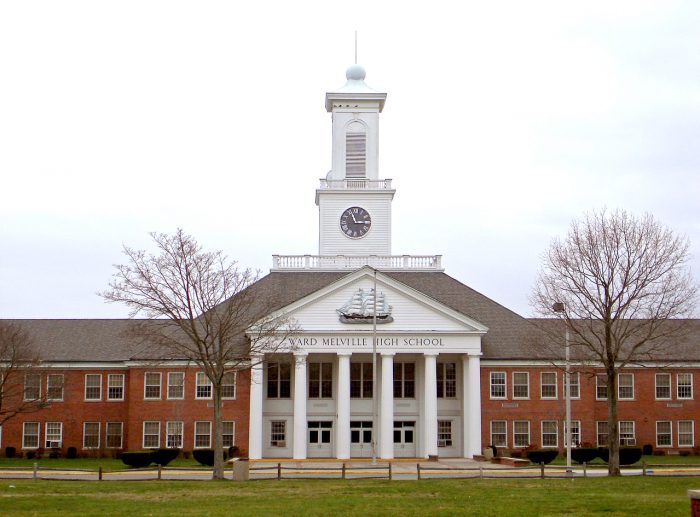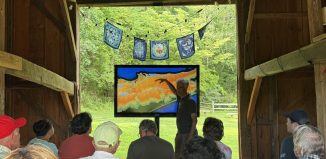Three Village school district administration eyes bond for building improvements
By Mallie Jane Kim
Three Village Central School District may need to borrow money for building improvements, according to Deputy Superintendent Jeffrey Carlson, who discussed the rationale for a potential bond referendum with the school board at an Oct. 11 business meeting.
The district has about 1.5 million square feet across its nine buildings, according to Carlson, and the newest building was completed more than 50 years ago. “There’s always a lot of work that needs to be done, just like our homes,” he said. “Sometimes it’s annual upkeep,” like minor repairs or even major repairs. “And sometimes it’s — OK, we need to do a lot of work,” he said.
Capital projects are typically covered each year in the budget process, but sometimes urgent needs — such this year’s surprise roof replacement over Setauket Elementary’s auditorium — eat up funds intended for planned improvements. Also, with aging buildings, projects begin to stack up. Approving a bond would allow the district to borrow money to pay for a lot of projects all at once.
New York State currently reimburses 66% of approved renovations in Three Village district, according to Carlson, paid out through state aid over a period of 15 years. Local taxpayers are responsible for the remaining 34%, regardless of whether taxpayers fund projects upfront through the budget or over time through a bond.
Carlson called the bond method more “fair” than funding big projects through the annual budget because taxpayers in the district paying for a project in one year’s budget may not be around to benefit from those state aid repayments paid over 15 years.
He added that the district could keep tax assessments somewhat stable for residents by timing the bond to ramp up as other debts are paid off, avoiding sudden tax increases. He compared it to finishing a lease on a car and replacing it with another car. “The lease is up, you stop paying that and you get another car. It’s not that you’re not paying for the new car, but it’s not an increase. It’s the same payments you were making.”
Freshman board member David McKinnon questioned whether building up a buffer of capital funds over time through the annual budget and paying for projects as they come up, might be better. “I think what a lot of people would like to see is more stability,” said McKinnon, who has previously voiced support for building strong rainy-day fund reserves in the district.
Carlson clarified that since funds earmarked for capital projects are outside the tax cap — arranged that way so districts never have to decide between academic programs and infrastructure, he said — they can be used for capital projects only, rather than for any urgent “rainy day” need, like keeping schools open during the COVID-19 pandemic.
The board expects to vote at their next meeting on whether to move forward and form a bond committee, made up of various stakeholders, which would assess each building for appropriate projects.
The last bond in Three Village for $56.1 million over 15 years in 2014 went toward projects like installing more efficient windows, replacing asbestos floor tiles and updating unit ventilators. Based on district estimates at the time, that bond increased taxpayer contributions on average $119 per year.
Carlson said that if a new bond gains board approval, it could go to a public vote around October 2024.







